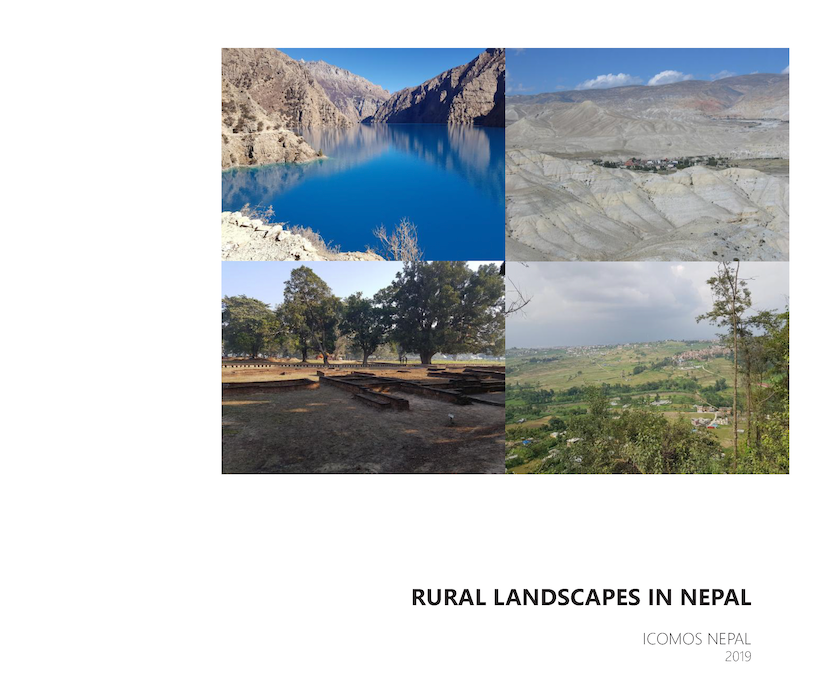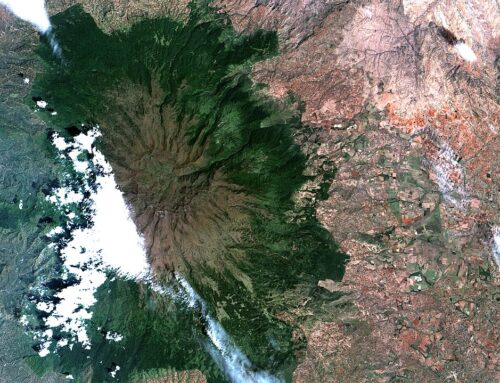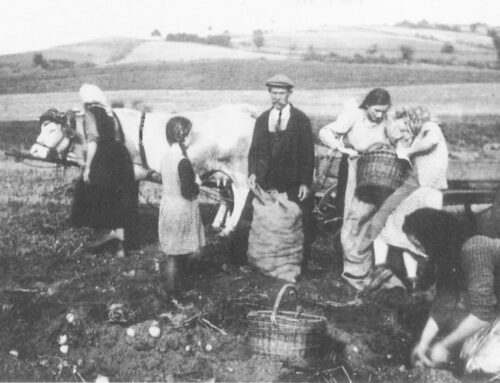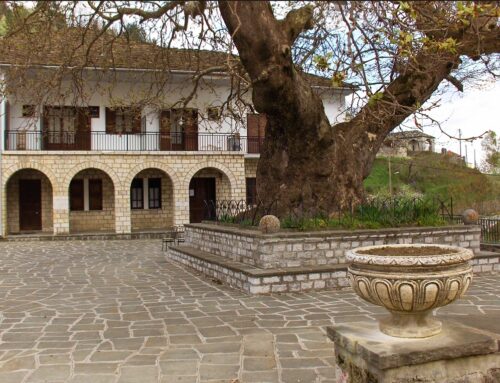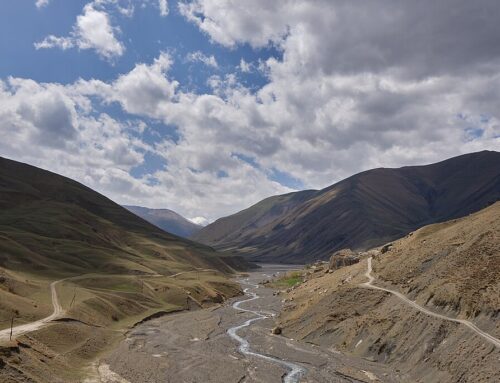Citation: ICOMOS Nepal. 2019. Rural Landscapes in Nepal. Accessed November 11, 2025, https://icomosnepal.org.np/storage/download/2025/03/4036-rural-landscapes-of-nepal_icomos-nepal-2019_published.pdf; archived https://perma.cc/QP8D-2BG4.
“The theme of the International Day for Monuments and Sites 2019 provided an opportunity to “raise awareness about the relevance of rural landscapes, the challenges that encompass their conservation, the benefits that these efforts provide, and how rural landscapes are intrinsically related with sustainable development.” ICOMOS Nepal joined many ICOMOS national committees throughout the world in organizing an event to celebrate the day and initiate discussions on Rural Landscapes. This took place on April 18th in partnership with the Department of Archaeology, Government of Nepal as well as the Department of Architecture, Institute of Engineering, Tribhuvan University. Present were members representing the organizers as well as UN Habitat, UNESCO, ICIMOD, SONA, numerous prominent planners and architect as well as students.
At the entrance of the venue were exhibition posters with individual case studies of rural landscapes from various parts of the country. The event began with presentations of the eleven case studies providing information on the specific sites while indicating their significance as well as the challenges of conserving them. These short presentations provided a wonderful overview of the diversity of landscapes found in Nepal from the high trans-Himalayan regions, the mountainous areas, the foothills down to the flat plains of the Terai. The examples showed how these landscapes had different attributes that gave them their significance.
Janakpur, known from the Ramayana as the birthplace and home of Sita, the consort of Lord Rama, is surrounded by 72 ancient ponds that create a sacred landscape which is threatened by neglect and development.
Two wonderful landscapes created by ancient fortifications were presented, HariharpurGadhi in Sindhuli and MakwanpurGadhi which link back to historic battles. These sites are not well kept however they are also potentially threatened by inappropriate beautification plans.
Four Newari settlements were presented from inside the Kathmandu Valley which included Sunaguthi, Thecho, Khokana and Bungamati. Each of these settlements are facing threats to specific attributes such as the settlement structure, the monuments, the hydrology system or the surrounding landscape. Particularly road widening, inappropriate reconstruction after the earthquake damage as well as government priority projects such as the Fast Track to Nijgadh, the Outer Ring Road, the Bagmati Corridor as well as high tension cables are destroying the landscape within the Kathmandu Valley. As we move further west the well preserved settlement of Bandipur is also facing issues with inappropriate development in the surrounding landscape.
The archaeological landscape of Kapilavastu with hundreds of subsurface archaeological sites mostly still hidden beneath the ground are threatened by inappropriate development. Kapilavastu is particularly significant for Buddhists throughout the world as the natal landscape of Gautama Buddha.
The landscape around Lo Manthang in Upper Mustang is defined not only by the impressive dry arid slopes but also by the many ruins of earlier settlements and forts. The recently built road as well as buildings using modern materials has begun to change this landscape. A similar threat is looming for Dolpo however in certain areas such as Phoksundo Lake and Ringmo village the local community has begun actively responding to development pressures and challenging government projects of building roads and luxury hotels.
After a keynote presentation and discussions it was decided that this discussion must continue in a targeted manner with key stakeholders and authorities. Change is inevitable and many landscapes will be covered with settlements, infrastructure and changing commercial functions. This publication will provide a glimpse of some examples of the wonderful diverse landscapes of the country which must be protected.”
Introduction from “Rural Landscapes of Nepal,” published by ICOMOS Nepal, with the following contributing authors (in order they appear in the document): Kai Weise, Ani Joshi, Animesh Shrestha, Jharna Joshi, Ipshita Karmakar, Padma Sundar Joshi, Sabina Tandukar, Padma Sundar Maharjan, Sadar Bhandari, Nishi Chaudhary, Pramit Manandhar, Astha Acharya, Sirish Bhatt.

